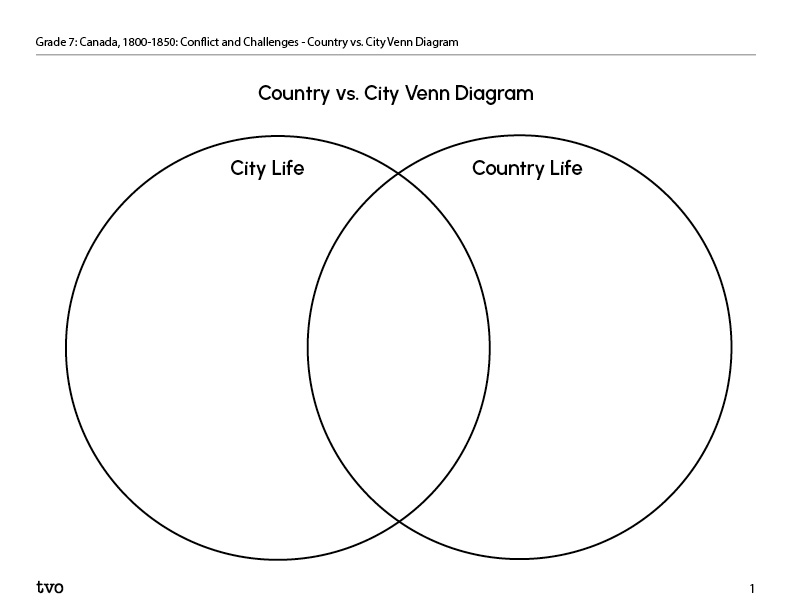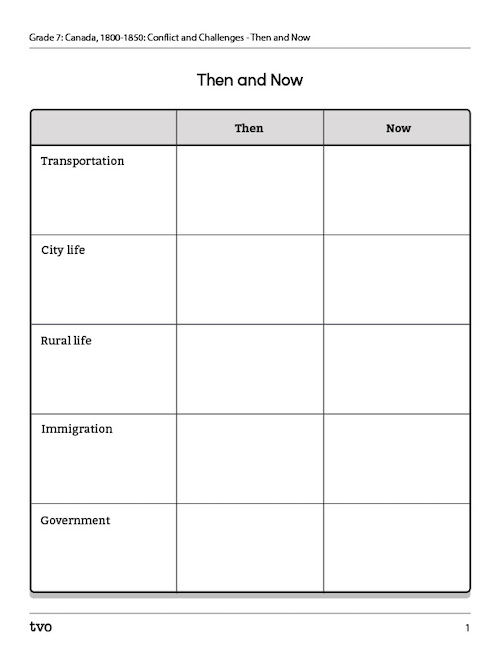Minds On
Compare and contrast: Ontario and Quebec
Consider what you know about the provinces of Ontario and Quebec in Canada. Can you think of any similarities or differences between the provinces?
Press the tabs to explore the maps and pictures to help guide your brainstorming. Record your ideas in a method of your choice.
Press ‘Hint’ to access a prompt to aid in your exploration.
Consider the following questions:
- Where are the provinces located in relation to each other?
- What bodies of water are shared between both provinces?
- Where are the capital cities located?
- How do they compare to each other in size, climate, and landscapes?
- What do the symbols on the flags represent?

A map of Canada with the provinces and territories labelled. The territories are located in the north western part of the map. The territories are as followed from west to east: Yukon, Northwest Territories and Nunavut. The provinces are located under the territories and are as followed from west to east: British Columbia, Alberta, Saskatchewan, Manitoba, Ontario, Quebec, Newfoundland and Labrador, New Brunswick, Prince Edward Island and Nova Scotia. Ottawa, the capital city of Canada is labelled with a star. It is located in Ontario next to the border between Ontario and Quebec.

A map of Quebec. Two of the largest cities Montreal and Quebec City (the capital city) are labelled. The cities are located along the St. Lawrence River. The southwest side borders with Ontario. Part of the northeast side borders with Newfoundland and Labrador. A small portion of the southeast side borders with New Brunswick. On the west side of the upper coast of Quebec is Hudson’s Bay and towards the east is the Atlantic Ocean.

A map of Ontario. 4 major cities are labelled, Thunder Bay, Sudbury, Toronto and Ottawa. Thunder Bay is located in the northwest along Lake Superior. Sudbury is located just north of Lake Huron. Toronto is located in the southeast along Lake Ontario. Ottawa is located in the southeast along the Quebec border.
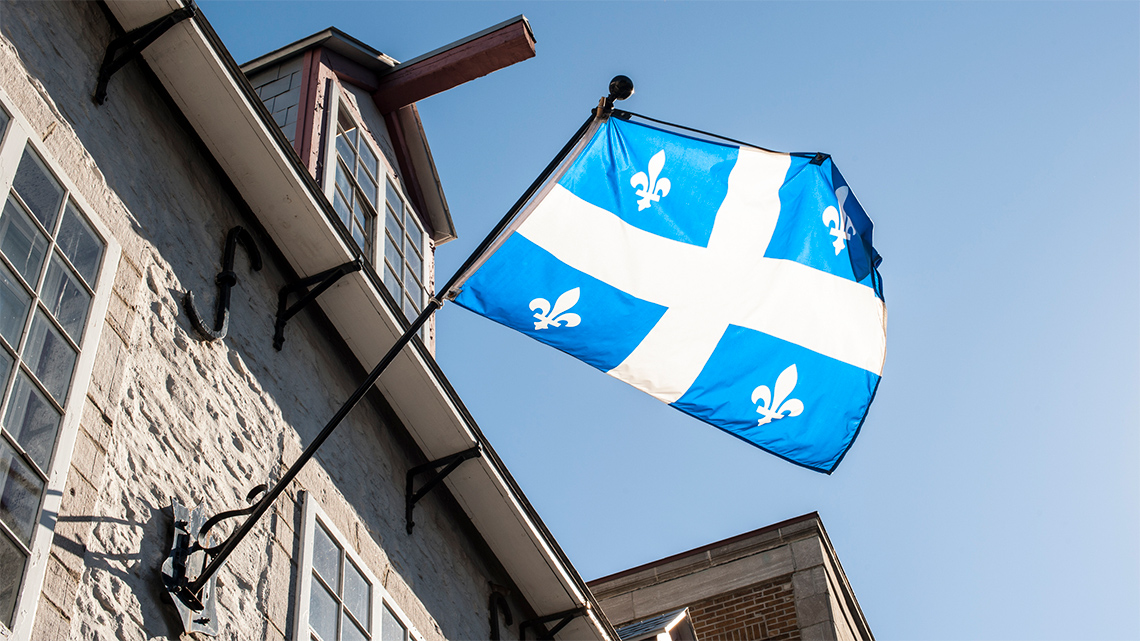
This is the Quebec flag. The background of the flag is blue. It has a vertical and horizontal line that forms the shape of a plus sign that is white. In each of the 4 rectangles that are formed by the lines there is a white fleur-de-lis.
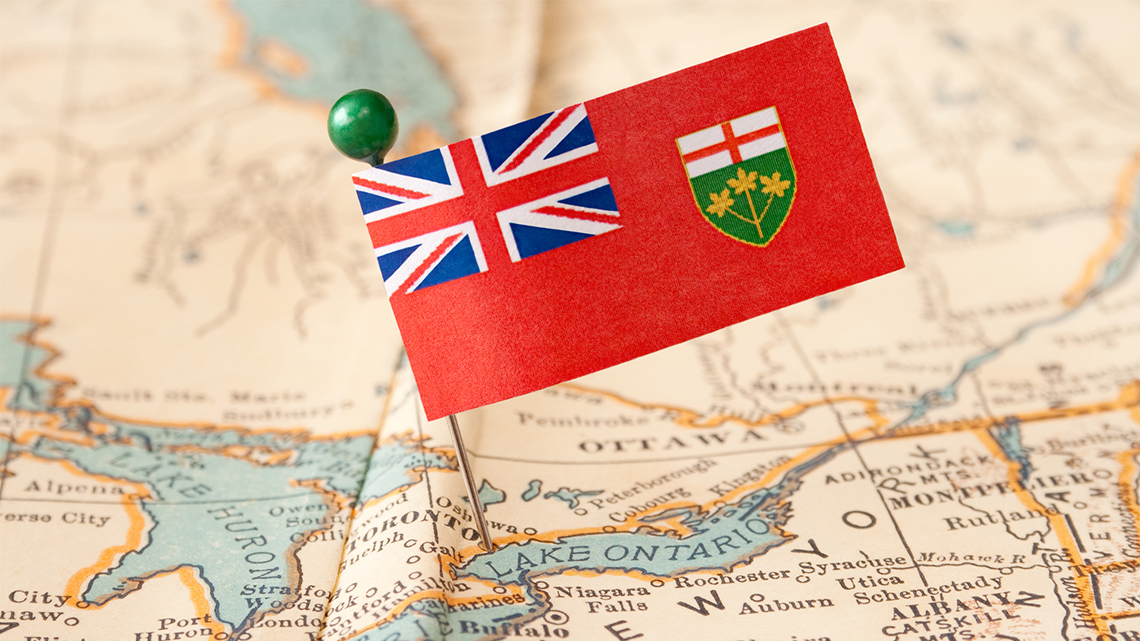
This is the Ontario flag. The background of the flag is red. There is a union jack (the flag of the United Kingdom) on the top left corner of the flag. On the right side of the flag is an Ontario’s Shield of Arms.
Action
Task 1: Life in Lower Canada
In this learning activity, you will be exploring daily life in Upper and Lower Canada, as well as Indigenous perspectives at this time. As you are learning, consider the similarities and differences you notice.
City life in Lower Canada
Lower Canada was a British colony from 1791 to 1840 that was made up primarily of French-speaking people. The major cities in Lower Canada were Montreal and Quebec. In both cities, there were many different industries, such as ship building, mills, factories, manufacturing, and construction. There were public markets where grocers, butchers, fishers, and bakers made a living.
Cities were crowded and dirty. Poverty and disease became growing issues in the cities of Lower Canada because families were big, and households used much of their income to provide for their families and pay their taxes to landowners. Garbage was a huge issue in the cities, and people did not yet see the connection between garbage and illness. Also, a lot of waste was dumped into the waterways. Government officials tried to impose sanitation rules, but they were ignored by the people.
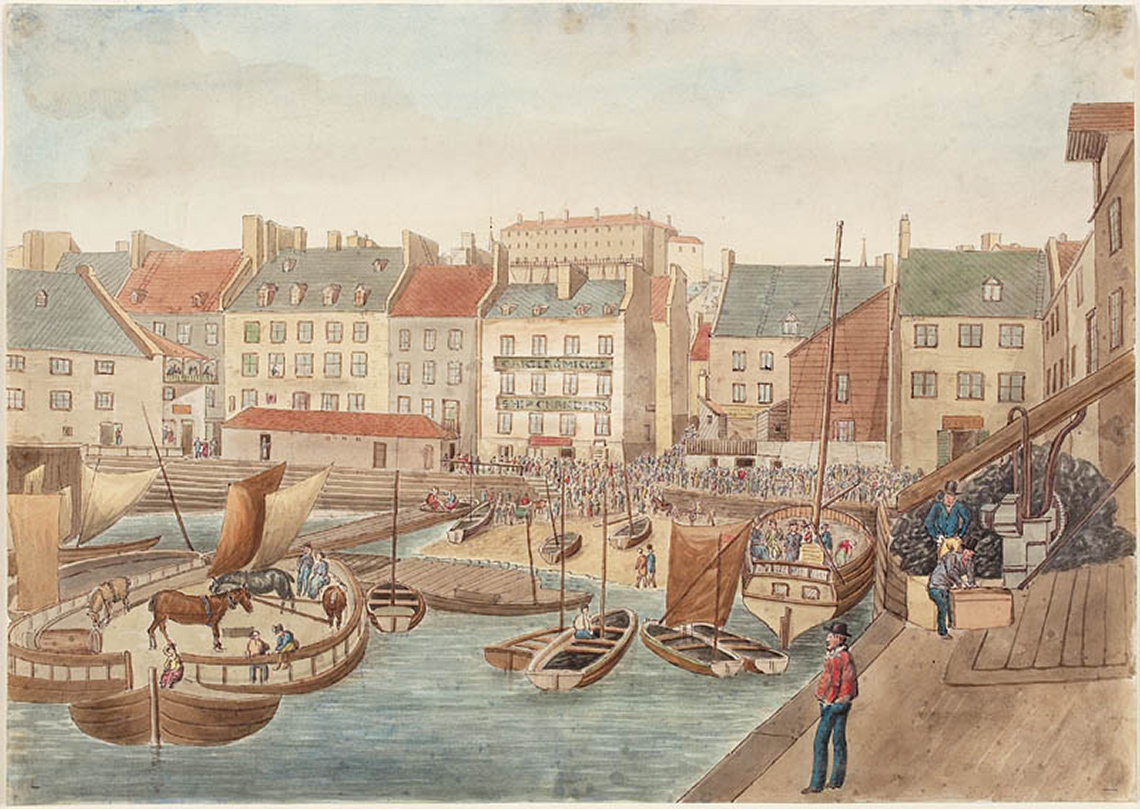
Country life in Lower Canada
Land continued to be farmed in Lower Canada as the rural areas had good wheat crops and plentiful harvests. Their main trading partner was Britain. However, after the War of 1812, Britain fell into an economic crisis, which hurt the farmers in Lower Canada. Another issue was farming techniques. Techniques like fertilizer and crop rotation had not been established yet, which sometimes resulted in smaller harvests or crops that were prone to disease and insects. In addition to farming, rural areas of Lower Canada had timber and potash industries.
In both the city and country of Lower Canada, the government did not help people who had fallen on hard times. Instead, they relied on their friends and family during times of poverty or illness. The Roman Catholic Church was an important institution to both the city and countryside settlers in Lower Canada.
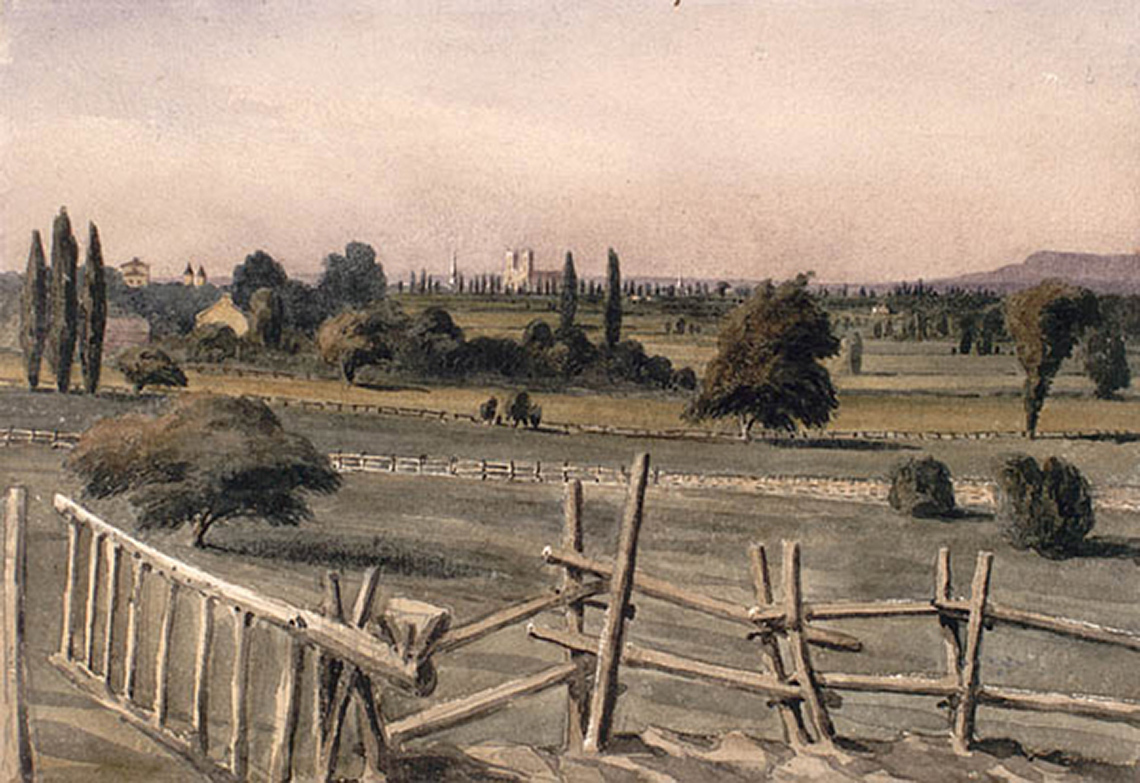
Test Your Skills!
Compare and contrast
Use the following fillable and printable Country vs. City Venn Diagram to compare and contrast the country and city life in Lower Canada. You may also complete this activity in your notebook or using a method of your choice.
Government in Lower Canada
The Constitution Act of 1791 created the government structure of Lower Canada. The elected officials were French, but the appointed officials that held the power were British. This created a major divide in the government. The governor of Canada was appointed by Britain and held the highest position in government. The Executive and Legislative Council were appointed by the governor and worked solely with the governor. Responding to these councils was the Legislative Assembly. The Legislative Assembly was appointed by voters and was responsible for making the laws. These laws were then approved by the Executive and Legislative Council. At the bottom of this hierarchy were the voters, who were male property owners of European decent.
The most powerful group in Lower Canada was a small group of British men and wealthy French-Canadian men. Their interests aligned with Britain. They formed the Château Clique and believed the government should reside with only a few powerful people. They supported the Roman Catholic Church to help maintain their power.
Test Your Skills!
Express your learning
Complete the following fillable and printable Lower Canada Government Organizer. There is a word bank provided; your task is to arrange the words in the correct order to show the government structure in Lower Canada.
If you’d prefer, you can also complete this activity in your notebook, or use another method of your choice.

Press the Activity button to access the Lower Canada Government Organizer.
Activity(Opens in a new tab)Press ‘Answers’ to access the government structure in Lower Canada.

The correct order is: British Crown at the top, followed by Governor of Lower Canada, Executive Council and Legislative Council, Legislative Assembly, and Voters at the bottom.
Immigration in Lower Canada
After the War of 1812, the British had lost a lot of their wealth and were experiencing an economic crisis. The government of Britain began to encourage citizens to emigrate to Lower Canada. In 1815, Lower Canada’s population exploded as British immigrants arrived.
Some immigrants used government assistance, while others used savings or incentives from landowners to emigrate to Lower Canada. Cargo ship companies used empty ships to transport immigrants. These cargo ships were cheaper than passenger ships but were not meant for human travel. They were rat infested and overcrowded, which led to the spread of infectious diseases such as typhus, cholera, and dysentery. In some cases, immigrants were dropped off at random ports in Canada, even if it wasn’t close to their planned destination. These immigrants had to find their own way to the land they had been granted.
This massive influx of English-speaking immigrants angered the French-speaking population in Lower Canada. It created too much competition for jobs and placed a strain on cities to provide for those who were unemployed.
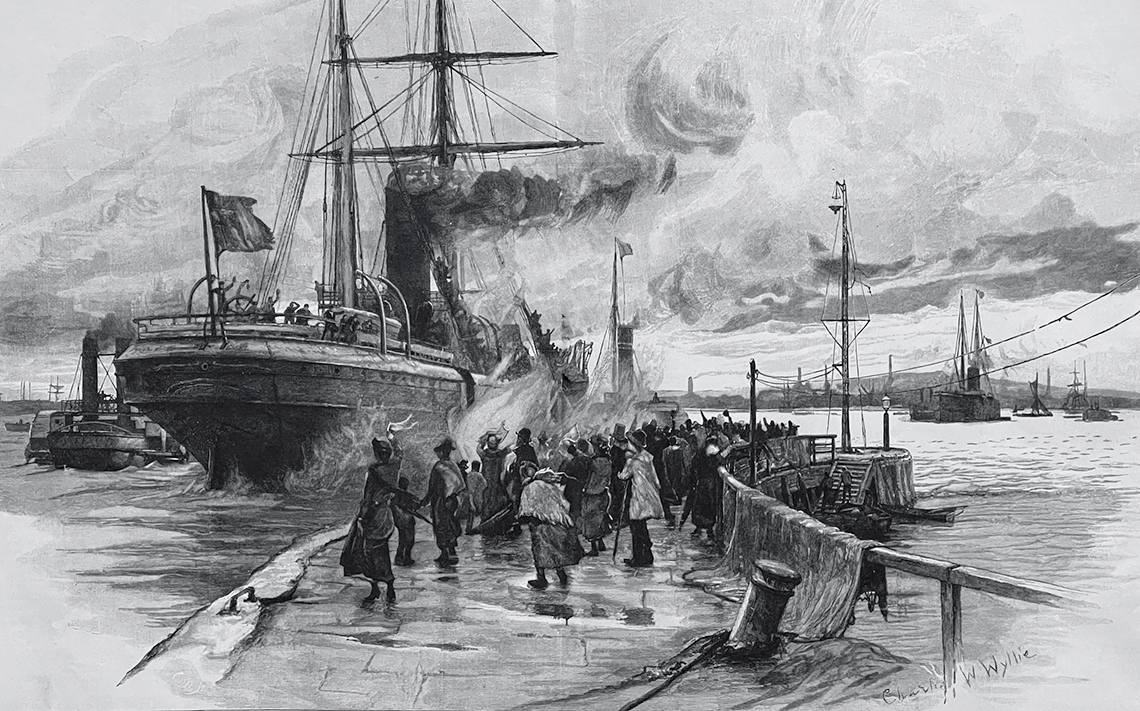
Task 2: Life in Upper Canada
City life in Upper Canada
Upper Canada was colonized by the people of Britain and was made up primarily of English-speaking Protestants (Christians). The focus for Upper Canada was commerce.
Life in the city was different than the country. In the cities, there was no properly established sanitation system for garbage and waste disposal, so people threw their garbage and waste on the roads and into large bodies of water. It took until the 1840s for a proper sanitation system to be developed for cities to dispose of their waste. Mail was delivered by horse and buggy due to the distance between homes. Roads were of poor quality and often flooded by rainwater. In Upper Canada, people used the waterways to get from place to place, using boats, ships, and canoes in the summer. In the winter, they used horse-drawn sleds to navigate the roads.
Kingston was an important area in Upper Canada because it was designed as a military and naval base to protect Lake Ontario and Upper Canada. York (modern-day Toronto) was built as a military fort and made the capital of Upper Canada.
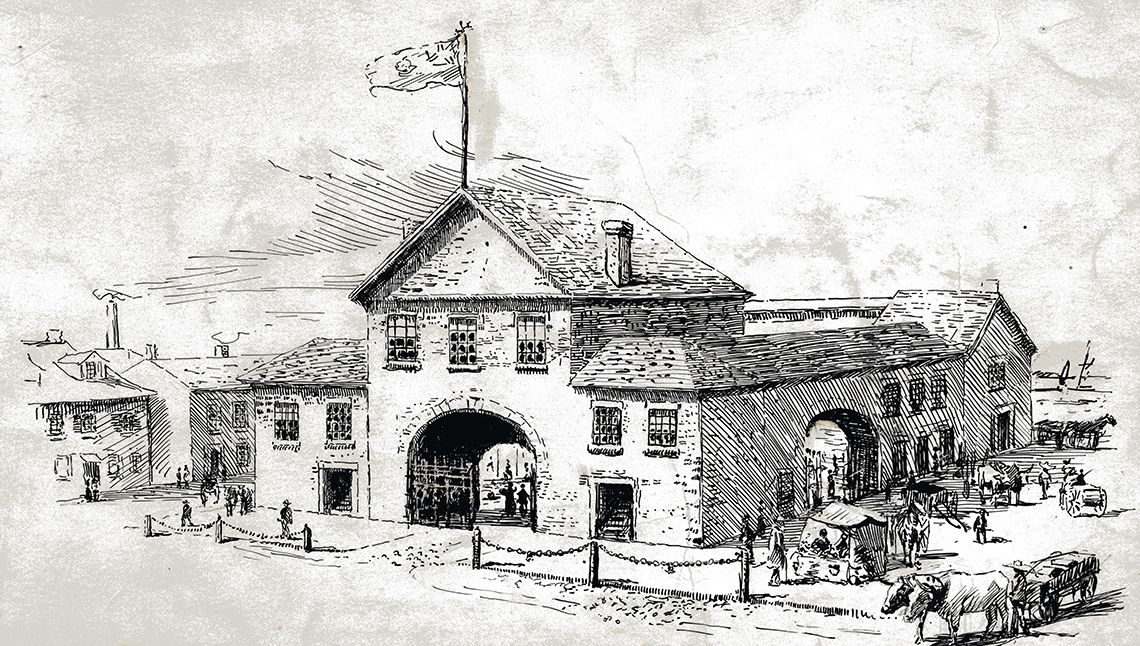
Country life in Upper Canada
Country life for early settlers in Upper Canada was not easy. They had to create everything they needed themselves. When they arrived in Upper Canada, settlers cleared their land, which included cutting down trees, draining swamps, and relocating wildlife. They had to grow and produce all their own food. Once they fed their families, they would sell the rest at the market.
People who lived in the country were very frustrated with the lack of available farmland. A lot of land that was suitable for farming was kept as clergy and crown reserve land or was owned by wealthy landowners who didn’t work the land.
Test Your Skills!
Compare and contrast
Use the following fillable and printable Country vs. City Venn Diagram to compare and contrast the country and city life in Upper Canada. You may also complete this activity in your notebook or using a method of your choice.
Government in Upper Canada
Like Lower Canada, the governor of Upper Canada was appointed by Great Britain. He would then appoint people to the Executive and Legislative council, which advised the governor and helped to pass laws created. There were two main political parties – the Tories and the Reformers.
Within the Tories, there was a group of elite and wealthy men called “The Family Compact.” This elite group supported Britain and advised the governor about colonial matters. The Reformers challenged the Tories and the Family Compact because they were angry about how much power they held, and they wanted voters to have more power.
Brainstorm
Something to think about
What was different about the government in Upper Canada compared to the government in Lower Canada?
Immigration in Upper Canada
Immigration to Upper Canada was primarily from Loyalist refugees from the United States. They were motivated to move to Upper Canada by the promise of land. They were able to cope well with the rigours of new settlements.
Let’s compare!
For this activity, you will demonstrate what you’ve learned about Upper and Lower Canada by filling out a chart. Use the terms in the word bank to complete the descriptions of Lower and Upper Canada.
Complete Comparing Upper and Lower Canada in your notebook, using the fillable and printable document or using a method of your choice.
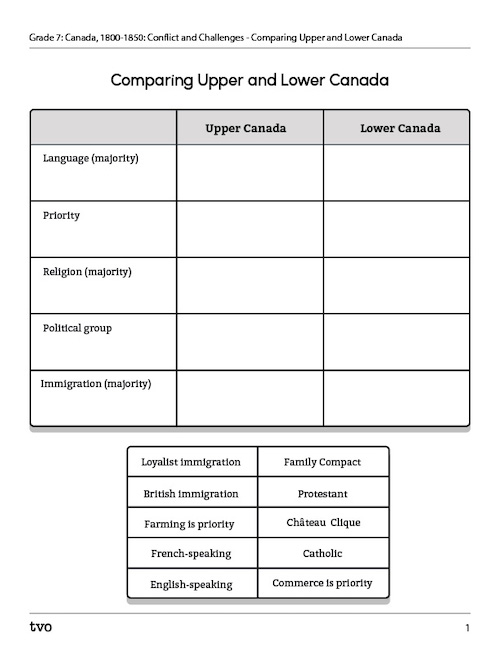
Press the Activity button to access the Comparing Upper and Lower Canada.
Activity(Opens in a new tab)Press ‘Answers’ to reveal the answers to the Comparing Upper and Lower Canada activity.
| Upper Canada | Lower Canada | |
|---|---|---|
| Language (majority) | English Speaking | French Speaking |
| Priority | Commerce is priority | Farming is priority |
| Religion (majority) | Protestant | Catholic |
| Political group | Family Compact | Château Clique |
| Immigration (majority) | Loyalist Immigration | British Immigration |
Test Your Skills!
Research task
So far, you have learned about how colonizers in Upper and Lower Canada lived during this time. When Europeans colonized Canada, they encountered many Indigenous nations. In this next section, you will explore two Indigenous nations and/or communities that were living within their traditional territories during this time (one from the Upper Canada region and one from the Lower Canada region). Create jot notes about their society. Your jot notes should include the following:
The following are some suggested Indigenous nations that you may explore. Try to research particular communities within these nations so that your research is as specific as possible. For example, you may want to research Six Nations of the Grand River, the Mississaugas of the Credit, the Mohawk community of Akwesasne or the Mi’kmaq community of Elsipogtog. These are the names of these communities today, but many communities have detailed histories available on their websites. If you’d like, you can research a nation (and a particular community) that is not on the list.
| Upper Canada | Lower Canada |
|---|---|
|
|
Use your jot notes to create a one-page infographic about one of the Indigenous communities you explored. Share this information in a method of your choice with those in your community.
Task 3: Indigenous perspectives
Student Tips
The Royal Proclamation
The Royal Proclamation was a document established in 1763. It set out guidelines for European settlement on Indigenous territories in what is now Canada. The proclamation forbade settlers from claiming land that belongs to Indigenous communities, unless legally purchased from them.
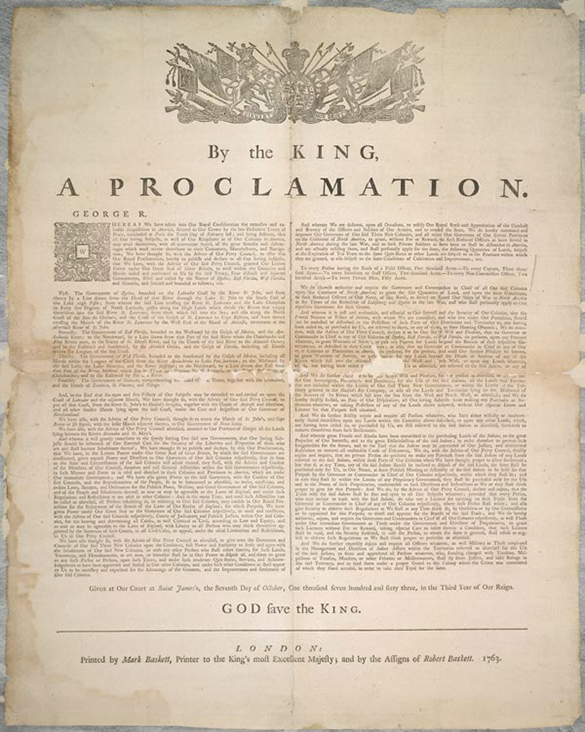
In 1763, when Britain issued the Royal Proclamation, First Nations were assigned their own territory. The accompanying map shows how the land had been divided. Notice the large area of land surrounding the Great Lakes and extending southwest, which was set aside as “Indian Reserve.”
As we work towards Truth and Reconciliation, information about lands and territories is constantly being updated. This map was accessed through the permission terms of Encyclopedia Britannica in July 2021.
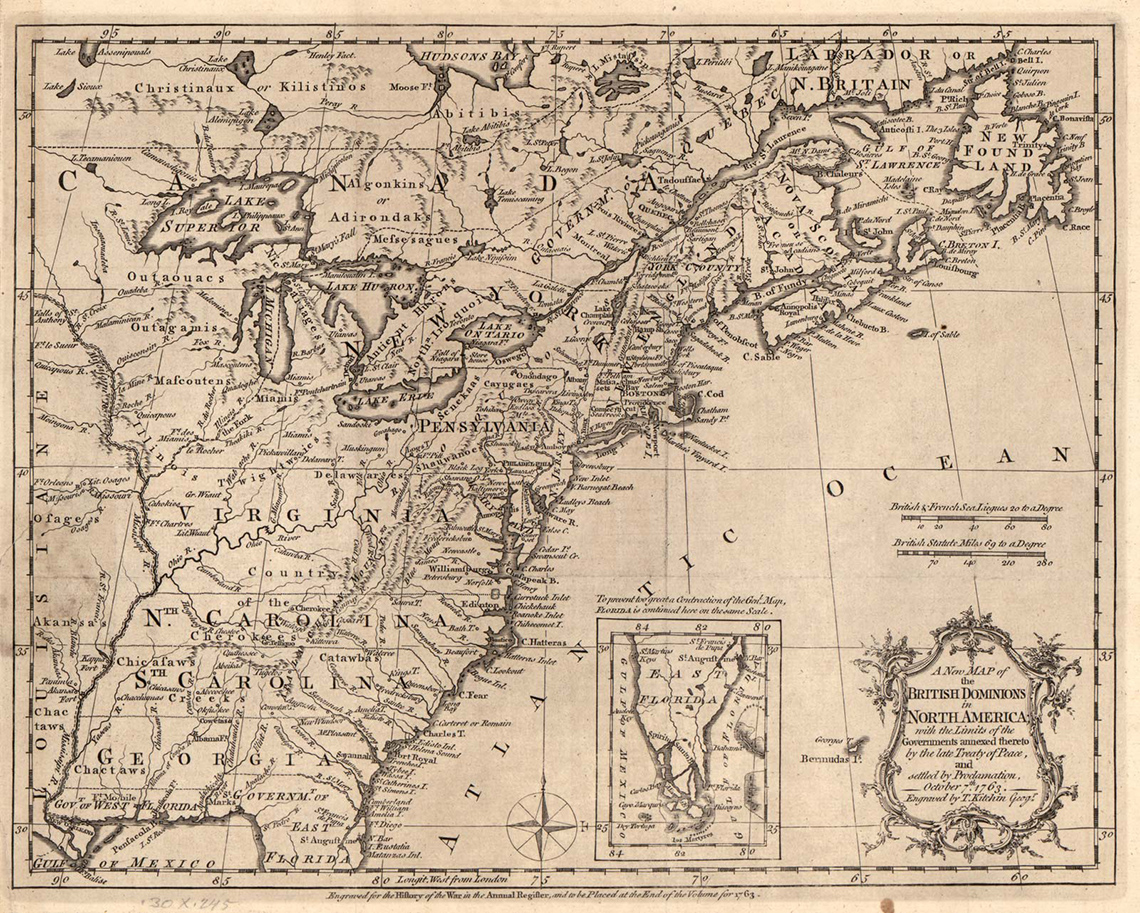
How did the establishment of Upper and Lower Canada affect Indigenous peoples in Canada? In 1763, Britain tried to establish a peaceful and stable relationship with Indigenous peoples with the Royal Proclamation. The purpose of this document was to recognize First Nations rights in Canada and lay the foundation for the treaty-making process. At that time, British leaders wanted to keep the Indigenous peoples “happy” to avoid any armed conflict. They also wanted to be in a position to stop any unwanted “land grabs.”
By the early 1800s, Indigenous peoples were becoming less of a threat to the British leaders. With the development of Upper and Lower Canada, and immigration, their populations now outnumbered the Indigenous peoples. Indigenous rights, such as the Royal Proclamation, now seemed to conflict with the wants of colonial settlers and industry. As a result, attitudes and treatment of Indigenous peoples began to change. British leaders began to view Indigenous peoples as challenges rather than military allies.
The push to assimilate Indigenous peoples increased in Canada. Some governments and churches started to think it was their duty to convert Indigenous peoples to Christianity and to teach them a more “civilized” way to living. Indigenous people had their own rich spiritual practices and beliefs, and the word “religion” did not appear in their languages. Many Indigenous beliefs were based on their relationship with the land, the surrounding environment, and the supernatural world. These beliefs were woven into their daily lives.
Indigenous peoples’ world views included giving thanks to creation and the Earth and treating the land carefully. This meant using only what one needed to survive. This view was very different from European beliefs. Europeans often believed themselves superior and saw Indigenous ceremonies and celebrations as improper. New immigrants generally thought they could take over the lands and suppress Indigenous beliefs.
Brainstorm
Reflection
Now let's reflect with the following questions:
- How did relationships and interactions between the British and Indigenous communities change with the establishment of Upper and Lower Canada?
- Can you predict any future conflicts or disagreements that could arise?
Press ‘Hint’ to access a further prompt to guide your reflection.
Consolidation
Then and now

In this learning activity, you have explored many facets of life in Upper and Lower Canada in the early 1800s. Now let's compare and contrast life in the 1800s to modern-day life with a chart. What is similar? What is different? Use the general topics in the left-hand column to help guide your ideas.
Complete Then and Now in your notebook, using the fillable and printable document or using a method of your choice.
Reflection
As you read the following descriptions, select the one that best describes your current understanding of the learning in this activity. Press the corresponding button once you have made your choice.
I feel...
Now, expand on your ideas by recording your thoughts using a voice recorder, speech-to-text, or writing tool.
When you review your notes on this learning activity later, reflect on whether you would select a different description based on your further review of the material in this learning activity.
